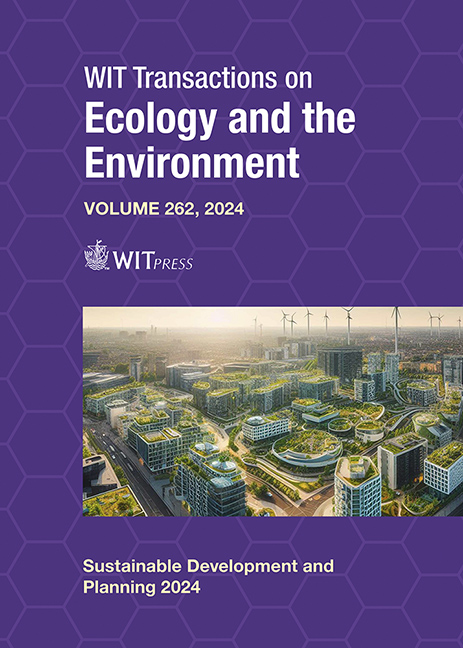PUBLIC VIEWS ON SUSTAINABILITY ISSUES OVER A 33-YEAR PERIOD IN IDAHO, USA
Price
Free (open access)
Transaction
Volume
262
Pages
13
Page Range
3 - 15
Published
2024
Paper DOI
10.2495/SDP240011
Copyright
Author(s)
ROBERT L. MAHLER, NAV GHIMIRE
Abstract
National surveys have indicated that Idaho is one of the most desirable places to live in the USA. Compared to other states, it has abundant important resources, including water, renewable electricity, low crime rates, open space for cities and towns to develop and grow, outstanding recreational opportunities, a high quality of life, and one of the lowest unemployment rates in the country. As a result, Idaho has been one of the fastest-growing states and its population has doubled since 1982. The purpose of this study is to determine the perceptions of Idahoans on how the state is addressing sustainable development goals over a period of 33 years – between 1990 and 2023. Public views on repeated measures surveys were collected on the following sustainability indicators: (1) quality of life, (2) population growth, (3) development, (4) community planning, (5) transportation systems, (6) recreational opportunities, (7) agriculture, (8) forest management, (9) electricity, (10) range management and (11) water resource management. The results of the 33-year survey study indicated that water resource management, renewable electricity and population growth management were considered the most important issues by 63%, 45% and 34% of survey respondents, respectively. A large majority of the public thought that over time, water resources and renewable electricity were approaching sustainability. However, many Idahoans worried that increasing population growth negatively impacted sustainability goals, especially in the areas of development, community planning and transportation systems. Even though a majority of respondents felt that there was a high quality of life in Idaho, fast population growth had a negative impact on it. Over 52% of the survey respondents in 2020 thought that fast population growth was unsustainable, compared to only 21% in 1990. When provided with a scale from 0 to 100, Idahoans assigned sustainability index values of 81, 74, 71, 55, 52, 45, 43, 42, 40, 39 and 34 to electricity, quality of life, recreational opportunities, water resources management, forest management, agriculture, transportation, development, range management, community planning and population growth management, respectively.
Keywords
sustainability ratings, water resource management, renewable electricity, population growth





